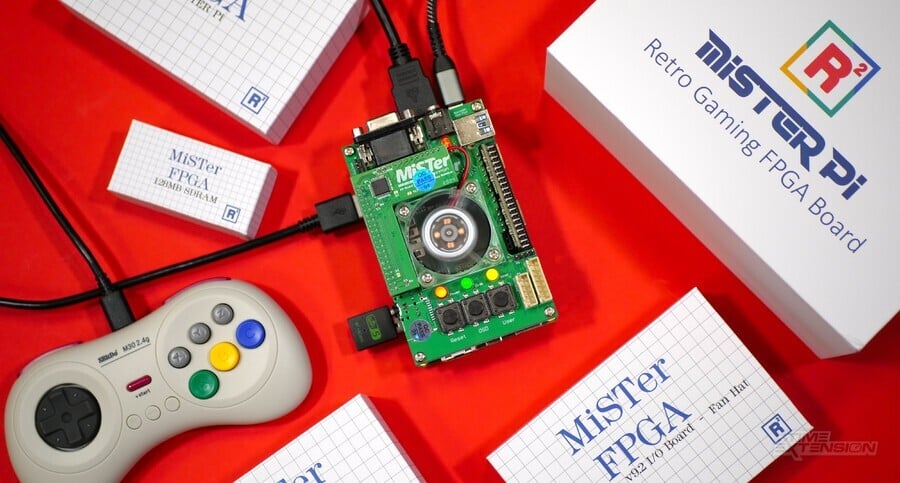
While there are a few FPGA options on the market, the one that has attracted the most attention and support over the past few years has to be the open-source MiSTer FPGA project.
Built around an Altera Cyclone V FPGA, MiSTer has grown in stature over the years, covering a wide range of consoles, computers and coin-ops and seeing support from a passionate community, all of which makes it one of the most desirable retro gaming solutions money can buy.
The thing is, money has always been a key sticking point with MiSTer. The most important part of the setup is the DE10 Nano board, which contains the aforementioned Cyclone V FPGA chip and is manufactured by a company called Terasic.
At one point, these boards were selling for reasonable prices, but the cost has steadily been rising over the years, and now, buying a full MiSTer setup is depressingly expensive; even an entry-level package is going to cost you between $350 and $400, with more complete configurations coming in at over $500.
YouTuber Taki Udon announced earlier this year his intention to change that. He's created a clone board that uses the same Cyclone V FPGA and replicates the performance of the DE10 Nano at a fraction of the cost. In fact, the base board is just $99 – an astonishingly low price.
How does this clone compare to the real deal, though? Let's find out.
MiSTer Pi Review: What's In The Box
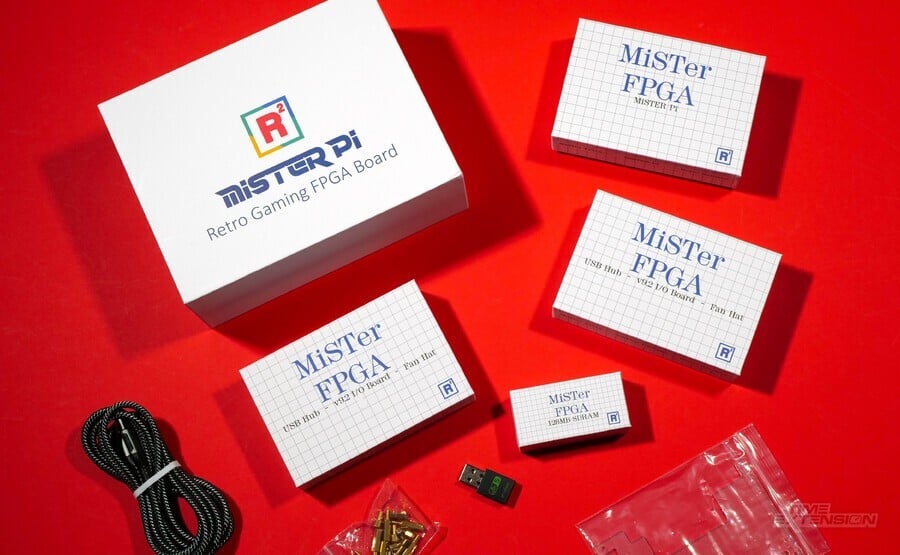
Taki Udon is selling all of the parts for MiSTer Pi individually, but also in special bundles.
The bundle we were sent for review is the Mega Pack, which costs $160 and consists of the MiSTER Pi Retro Gaming FPGA Board, a 128MB SDRAM module, MiSTer A/V Pro v9.2 board, MiSTer USB Hub, Wi-Fi 5 / Bluetooth 4.2 USB adapter and a 2 m / 6.5 ft PD cable, as well as standoffs (the metal legs which allow you to join all of the boards together) and an acrylic topper.
To be clear, the Mega Pack gives you everything you need to make a complete MiSTer FPGA setup; the only extra bits you'll need are an HDMI / VGA cable (depending on your preference), USB controller, MicroSD card and a keyboard (the latter being used to input stuff like your WiFi network details).
There's also a cheaper MiSTer Pi and RAM bundle, which costs $115. It includes the MiSTER Pi, 128MB SDRAM, Fan IO board 2 m / 6.5 ft PD cable, acrylic top and standoffs.
The base MiSTer Pi board costs $99.
Unlike the MiSTer FPGA, the MiSTer Pi is powered by a USB-C port, which means you can use your phone charger, or any other device capable of supplying 5V over a USB-C connection (don't worry if the power brick you're using supplies over 5V; the MiSTer Pi is able to compensate). This is a huge bonus over the standard MiSTer we have in the office, which requires a bulky power supply with two cables.
MiSTer Pi Review: Getting Things Set Up
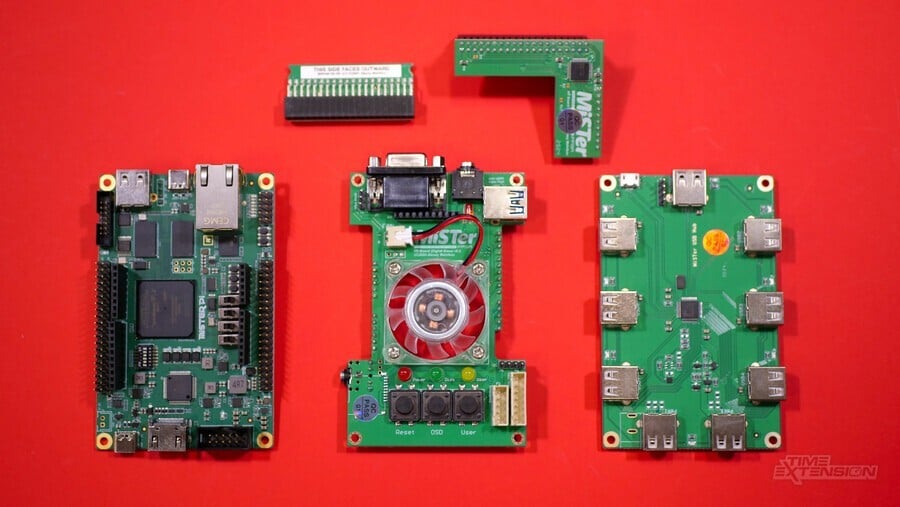
The MiSTer Pi Mega Pack comes in a single box, with each component inside getting its own individual box.
There is some degree of assembly required with MiSTer Pi, but it's nowhere near as daunting as it first appears. Taki Udon has put together a comprehensive guide which takes you through the entire process, and outside of fitting the SRAM module in the wrong place (which we did), there's not really any way you can physically get the boards in the wrong order, as they all interface with each other in very specific ways, separately neatly by metal standoffs.
Once you've set up your MicroSD card correctly and entered your WiFi settings, you can download and run the Update All script, and your device will automatically grab all of the latest cores, arcade ROMs and BIOS files, taking much of the effort out of configuring everything. There's still the matter of getting console, handheld and home computer ROMs / ISOs onto the device, which you'll have to do manually.
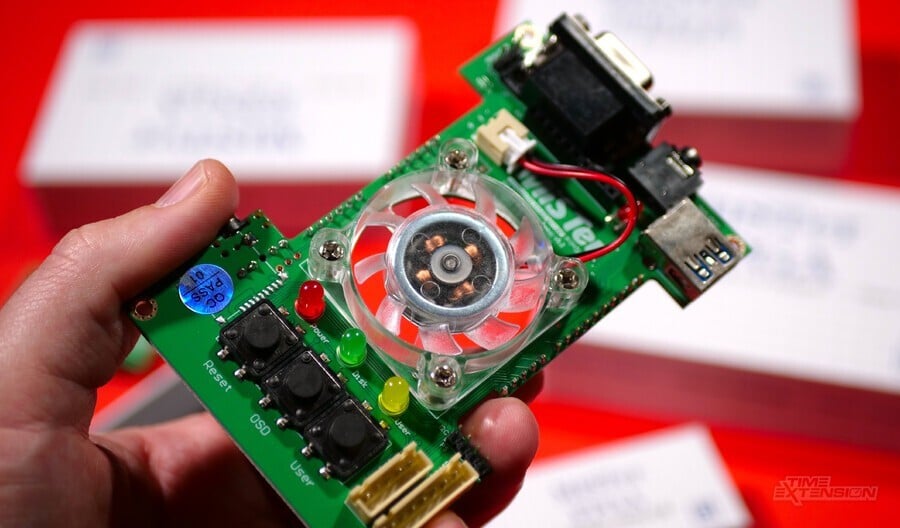
Once all of that is done, however, MiSTer Pi, just like a standard MiSTer FPGA, is relatively easy to use. It has a unified UI, so many of the settings you tinker with on a per-core basis are the same across all cores, so it doesn't take long to get accustomed to what all of the various options do.
Beyond the initial purchase, the world of MiSTer is an incredibly exciting place; you can buy SNAC controller adapters which allow you to use your vintage pads, add a Real-Time Clock module or even bolt on a module which tests the lag on your chosen display.
MiSTer Pi Review: FPGA Cores
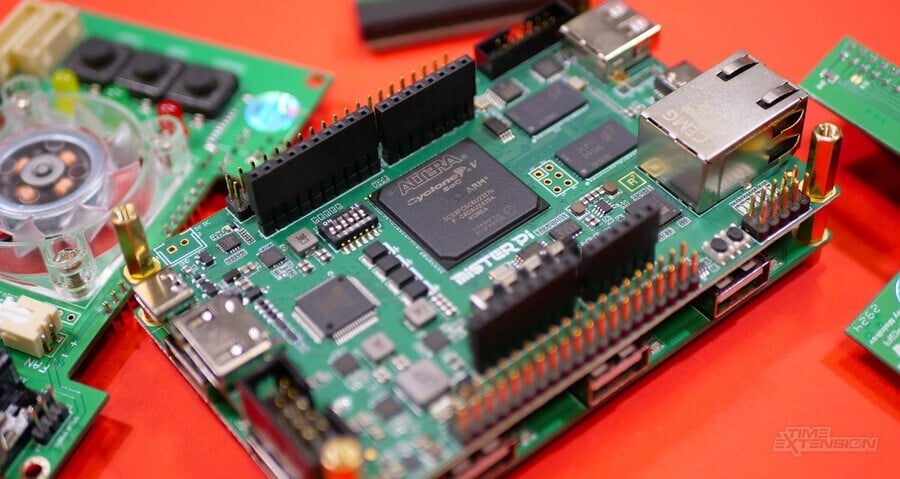
There's a staggering number of FPGA cores available for the MiSTer platform now, covering consoles, handhelds, computers and arcade machines. Development has arguably slowed down slightly of late, but MiSTer has already surpassed many people's expectations thanks to the arrival of PS1, Saturn and N64 cores.
The aforementioned Update All script takes the pain out of downloading and configuring these cores and even supports the installation of beta cores from developers who support their work via Patreon.
Because the FPGA chip is being programmed to behave exactly like the original hardware, performance is largely flawless. Unlike software emulation, which can often suffer from latency and inaccuracy, FPGA emulation is technically perfect – but the accuracy of each core is very much dependent on how closely it matches the original hardware schematics.
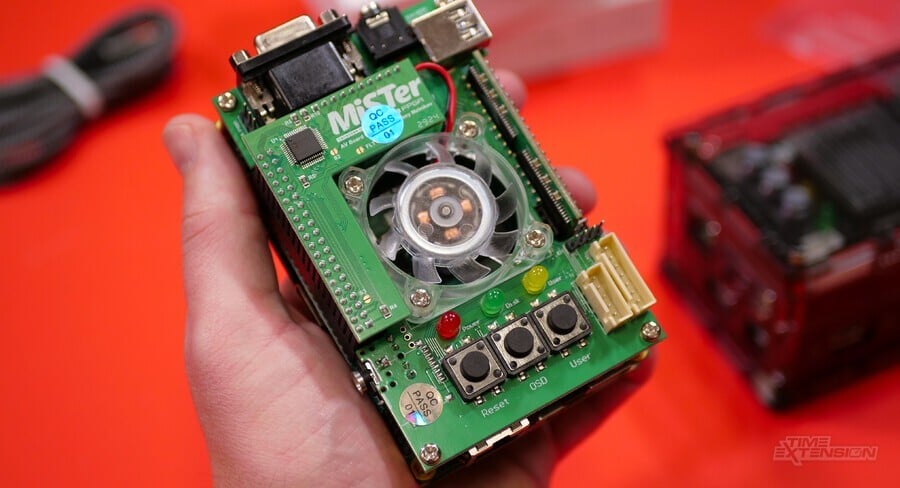
Some cores (usually the ones in beta or still in active development) display the odd technical issue, such as certain games bugging out or not loading at all, but these kinks are being ironed out constantly.
Simply put, the level of performance you get from FPGA cores is remarkable, but there is a limit to what the ageing Cyclone V FPGA is capable of. With a device like the MiSTer Pi, you're trading accuracy for scope; cheap and cheerful emulation handhelds are capable of handling Dreamcast emulation these days, but the performance will never reach the level of accuracy you'll find on an FPGA-based platform – however, the Cyclone V is unlikely to host a Dreamcast core as it simply doesn't have the capacity (a Dreamcast FPGA core is promised for the upcoming SuperSega console).
MiSTer Pi Review: MiSTer FPGA Comparision
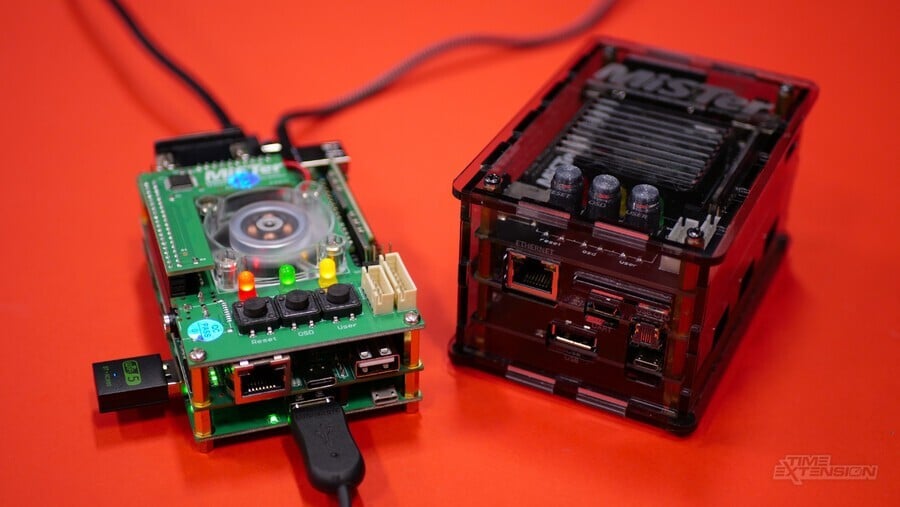
Taki Udon has designed the MiSter Pi to be a direct clone of the original MiSTer FPGA, and has even made the main board compatible with existing MiSTer FPGA development boards. Many of the components sold via his store can be used on existing MiSTer FPGA systems, like the SRAM module.
In terms of performance, there's zero difference between MiSTer Pi and MiSTer FPGA. If a core works on the current MiSTer FPGA, then it will work on the MiSTer Pi.
As we've noted, there are some improvements present with the MiSTer Pi when compared to the MiSTer. The fact you can power it via a USB-C cable (rather than the large, two-cable bespoke PSU the MiSTer requires) is a huge boon, and improvements with the board design mean you can avoid having to use the awkward bracket connector to link the USB hub with the main MiSTer board.
The downside – for the time being, at least – is that there are fewer case options available, as existing MiSTer FPGA cases won't fit the MiSTer Pi. There are options on the way, and we'd expect this to become less of a problem as time goes by.
MiSTer Pi Review: Summary
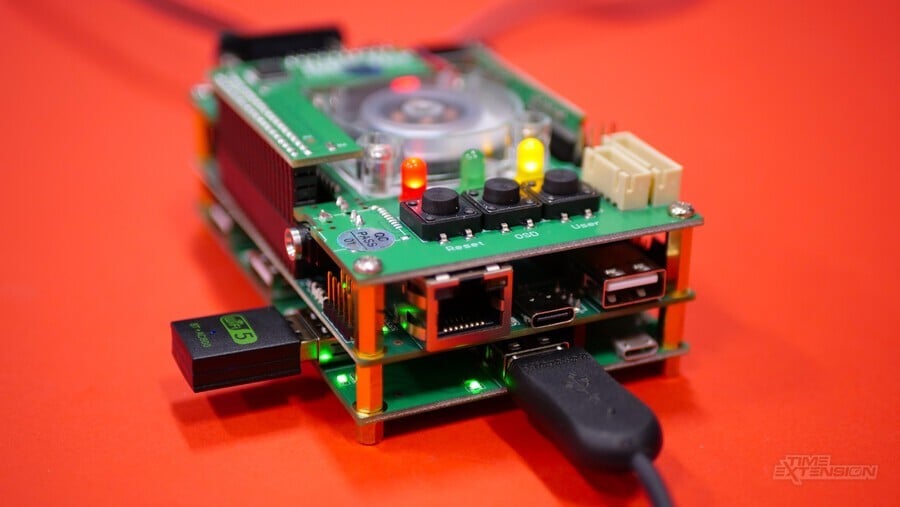
Given how expensive MiSTer FPGA has become in recent years, it's welcome to see an alternative appear on the market – especially one that maintains parity with the real deal in terms of functionality and performance.
MiSTer may be reaching the ceiling of its performance when it comes to FPGA cores, but it's still one of the best ways to experience decades of gaming history in the most authentic and accurate way imaginable – short of using real hardware.
While seasoned MiSTer owners will breeze through the process of getting things set up, there's no denying that getting your MiSTer Pi to the point where it's ready to play games is a more onerous task than many people will be comfortable with; casual users who simply want to plug a device in and play are going to find it a little intimidating. Things often go wrong and settings need tinkering with, and while there's plenty of documentation online to help with almost every scenario, there will be a lot of people who simply cannot stomach the effort – and that's perfectly fine. MiSTer Pi isn't for everyone.
The only other negative we can possibly level at MiSTer Pi right now is that it's completely sold out, and while more stock is coming, we'd expect subsequent waves to sell out almost instantly – so if you're keen to purchase one, then it might be a frustrating few months ahead, as demand is likely to outstrip supply for some time.
However, there's arguably no better (or cheaper) way of joining the wonderful world of FPGA retro gaming than this.
Thanks to Taki Udon for supplying the MiSTer Pi used in this review.
